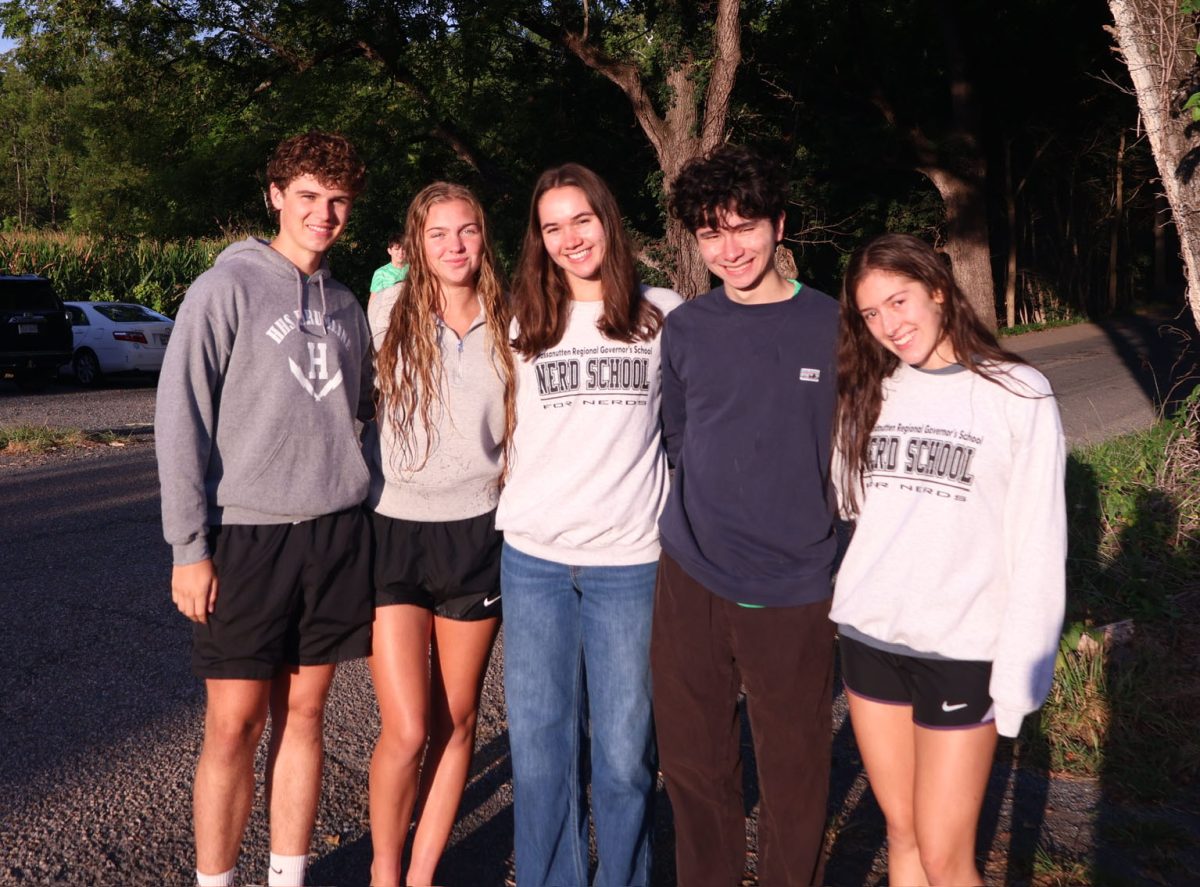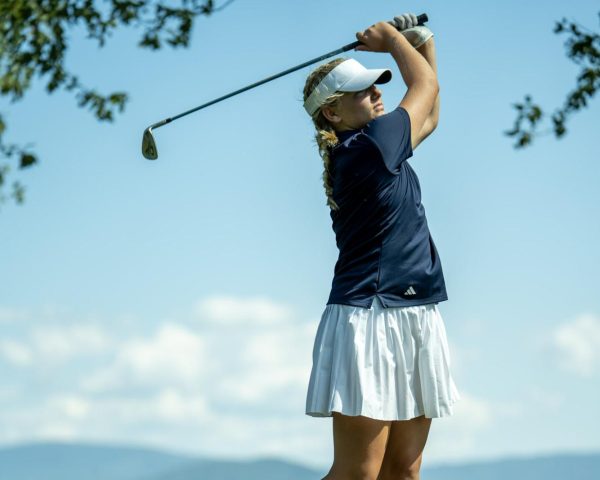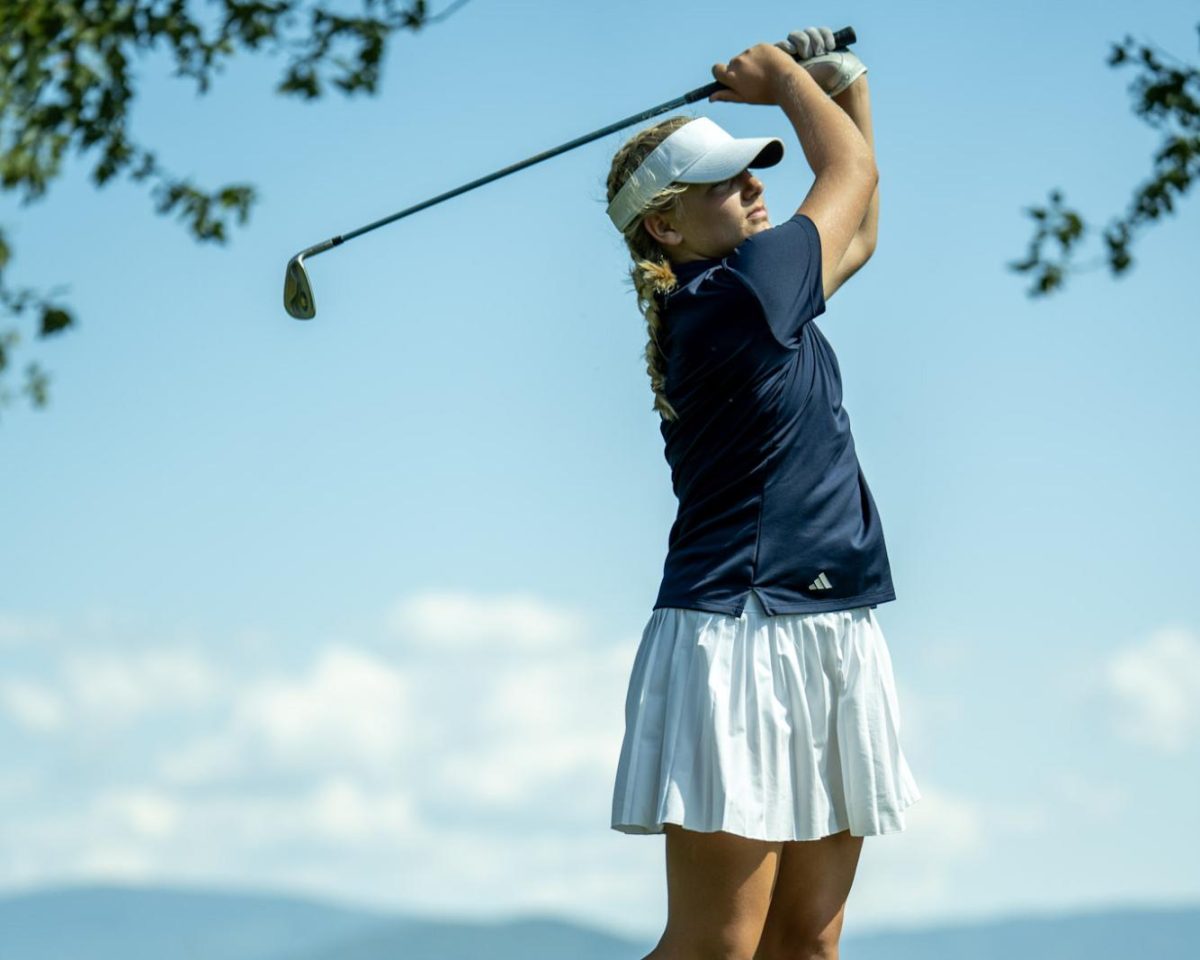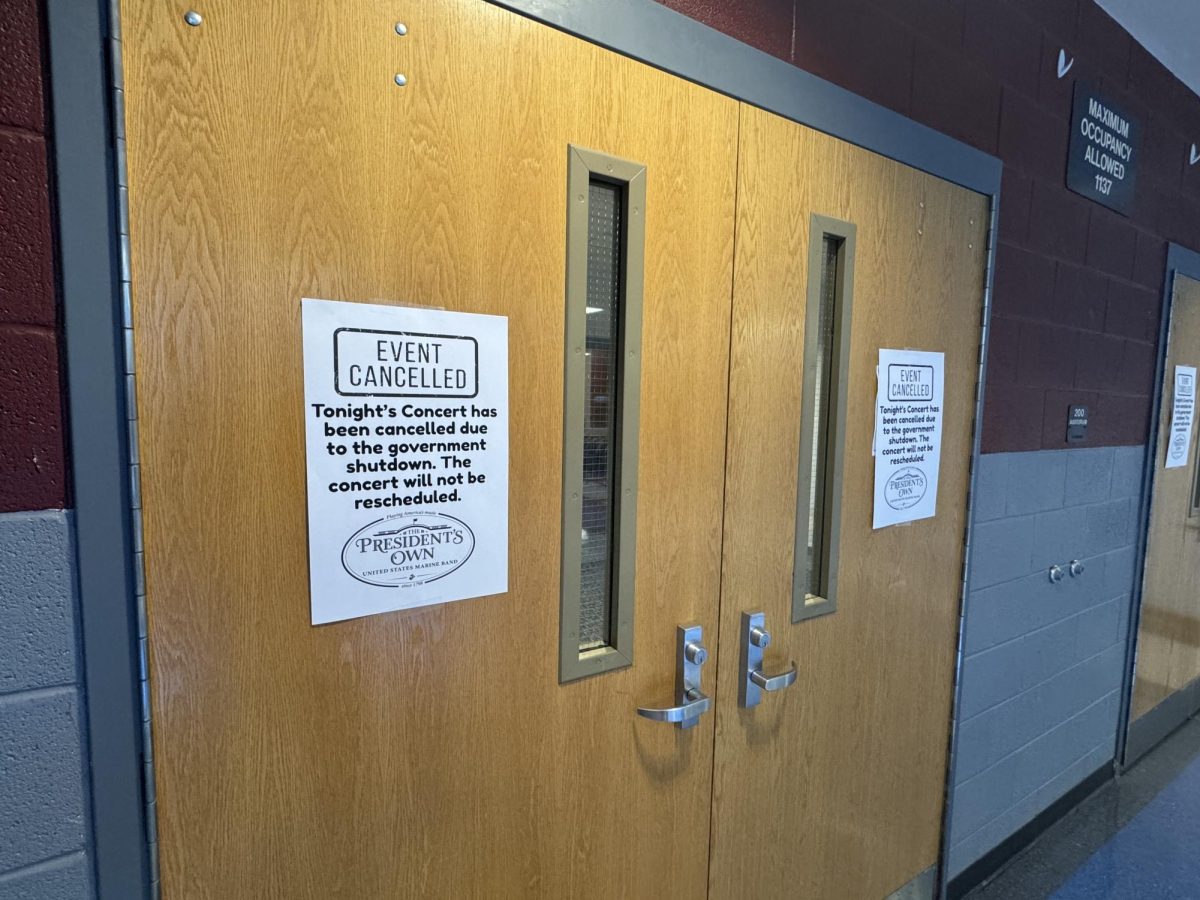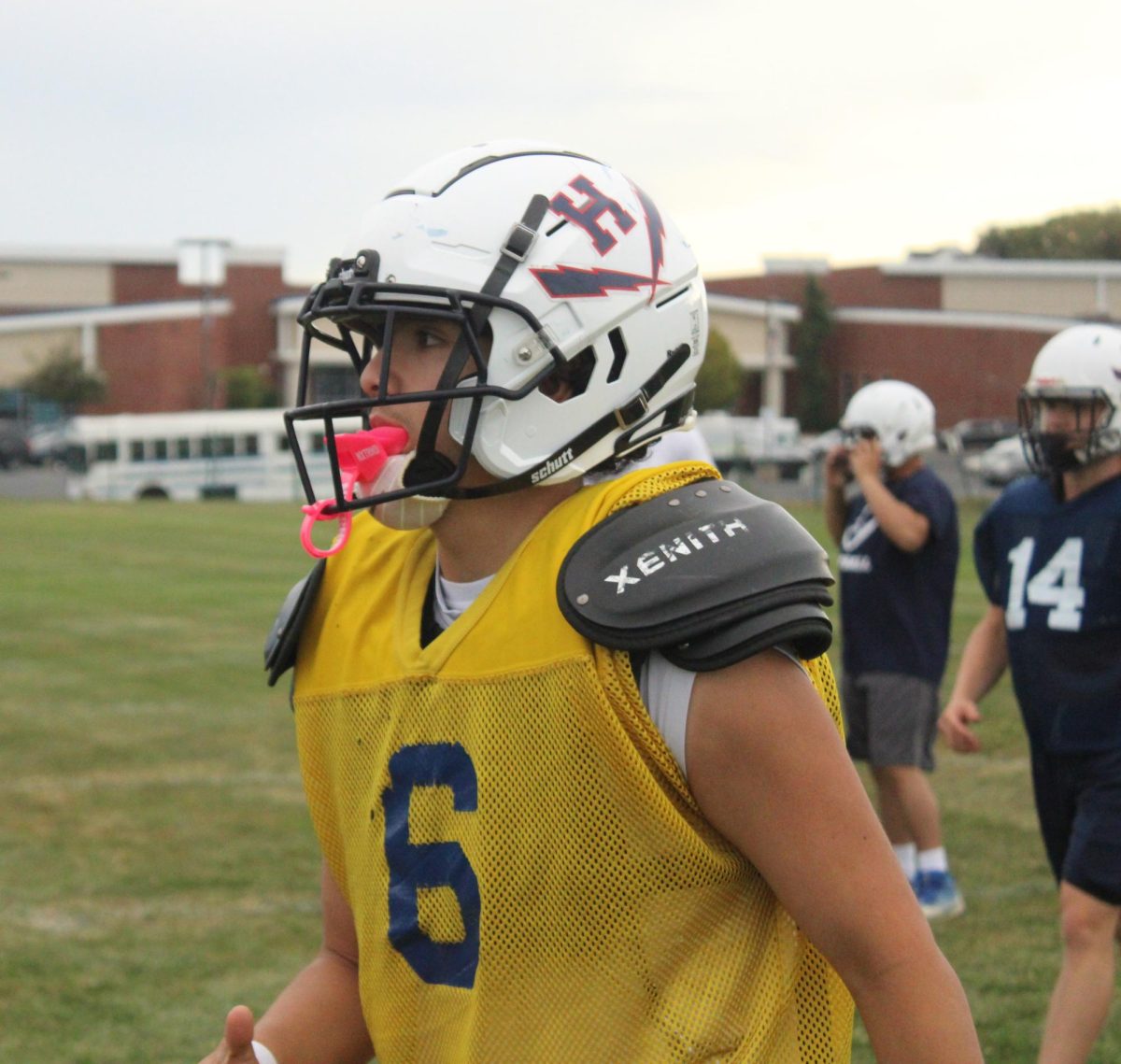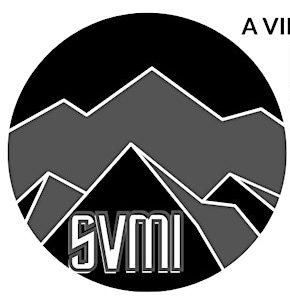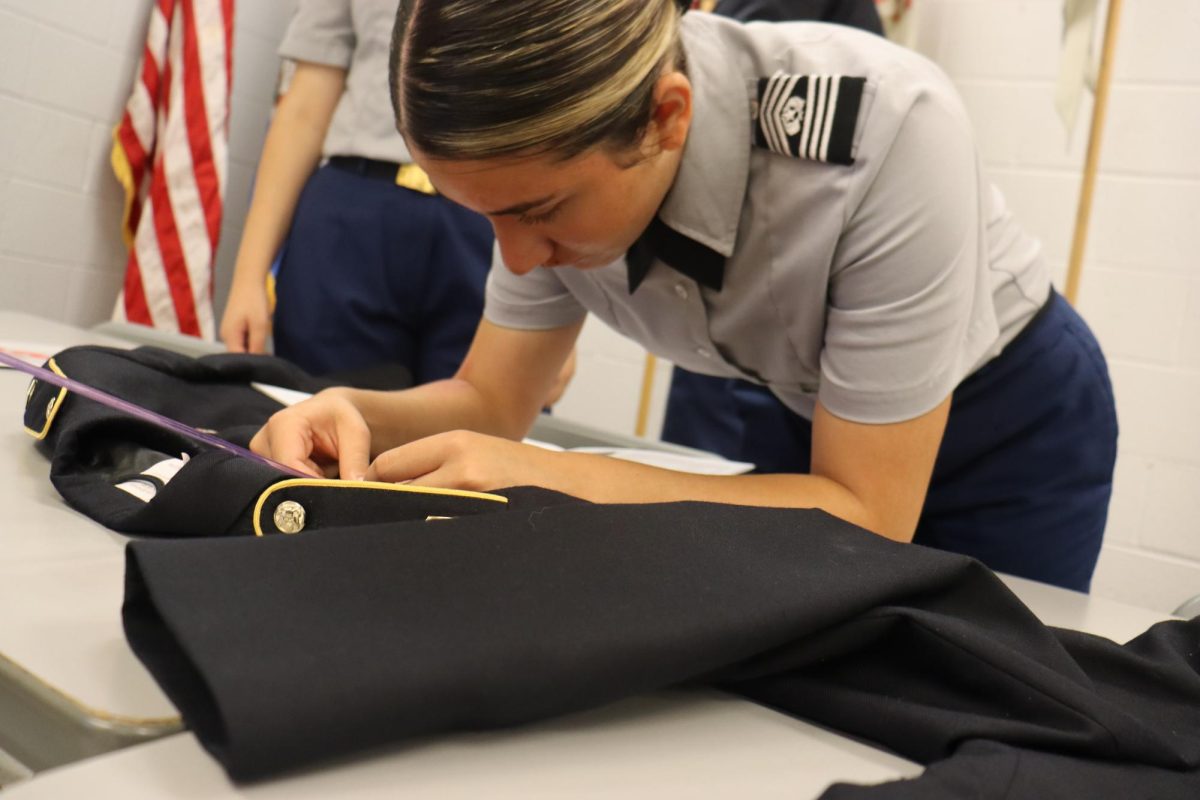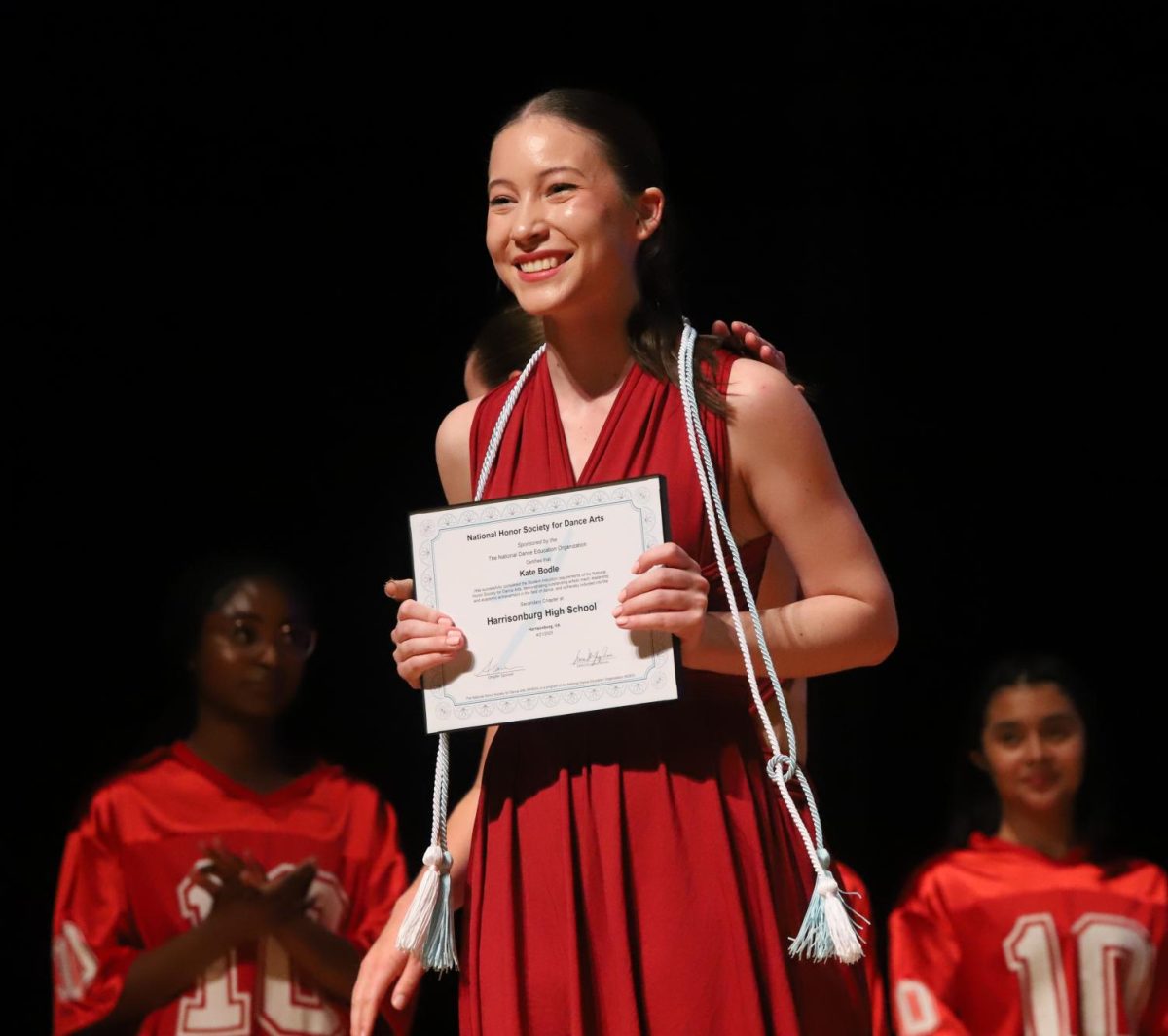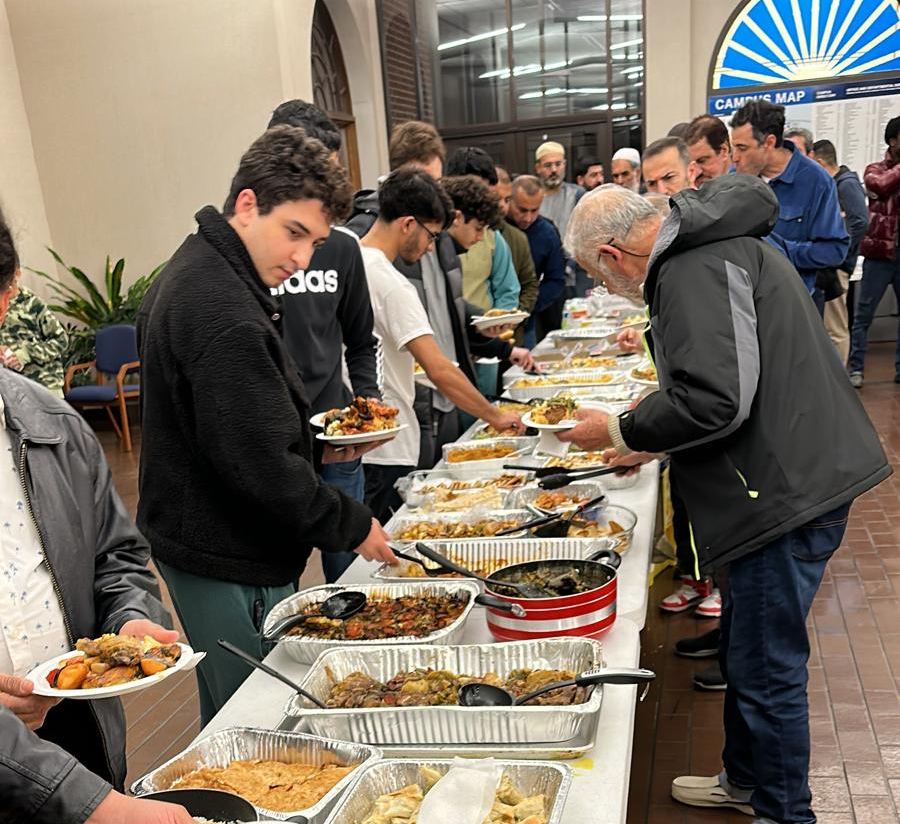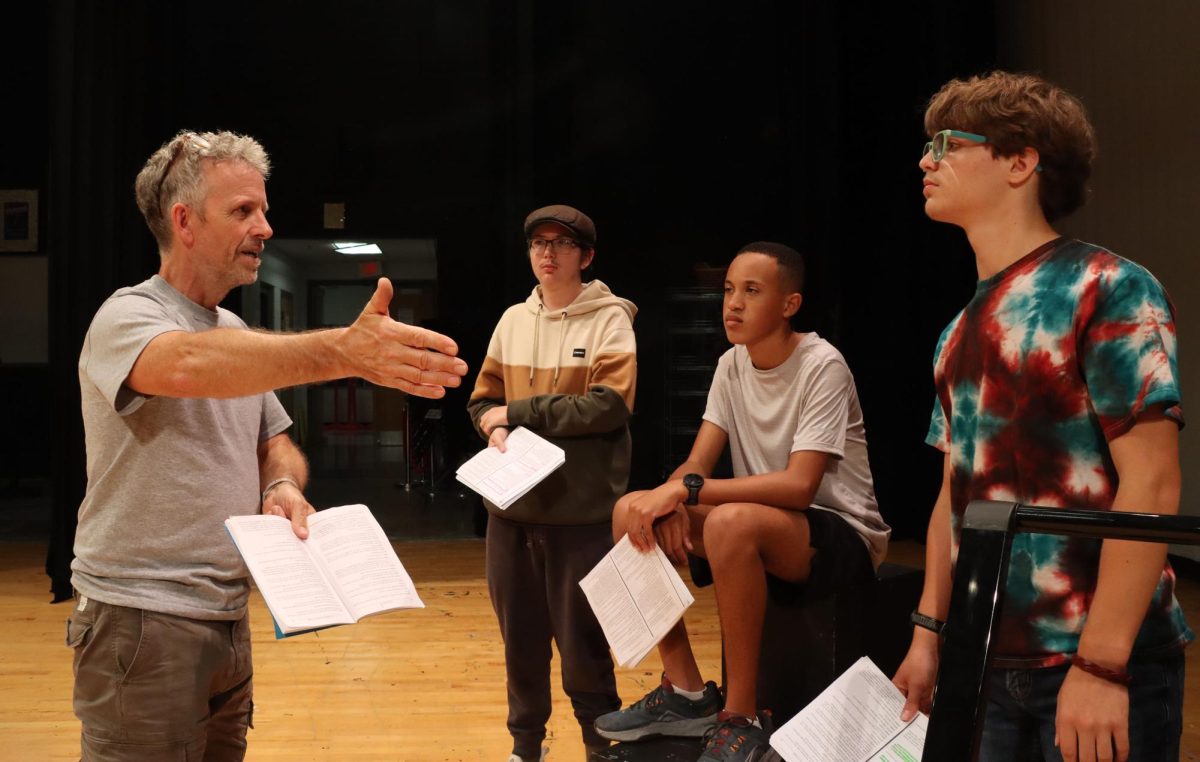Moats finds passion through railroad photography
February 3, 2022
Freshman Isaiah Moats’ passion is chasing down trains to get the perfect shot. Moats has been refining his skills for over five years now and learns something new about photography either from his best friend, freshman Brady Shifflett or through practice, every day.
“I slowly worked myself into it. When I first started out, back in 2015-2016, it was a lot of me going around [thinking], ‘oh, hey, there’s a train,’ [maybe I could take pictures of it]. I got into taking videos mostly, but every now and then if something was stopped, I’d get pictures of it,” Moats said. “[From there, I just started] upgrading my equipment. Sooner or later, I decided I couldn’t video anything worth a crap, so I swapped over to pictures. And then I just kind of worked my way up [and kept improving].”
After upgrading his supplies, Moats was also able to upgrade the quality of his photos. Combining the use of his new equipment with his editing process, Moats was left with a lot of room to learn and improve.
“When I first started out, I was using this little tiny $90, Android, and the photo quality wasn’t [good at all],” Moats said. “It gets to a point where you have good photo quality, [but then] now you need to work on your editing. Combining the two gives you the overall result that you want. You have to work on everything.”
Moats shares his passion for photography with Shifflett, who he met in middle school.
“The first day of sixth grade, I walked into class and Brady came in wearing this bright blue shirt with Conrail on it. Conrail is a defunct railroad. I was like, ‘hey, I know what that is,’ and it kind of just went from there,” Moats said.
Along with becoming best friends and sharing a passion for photography, Moats and Shifflett taught each other about cameras and learned through practice.
“[Brady and I] kind of taught each other. We [would] figure something out and then tell the other person about it. There have also been people in the railroad photography community that have helped us with a few things like flash photography, video settings, etc,” Moats said. “A lot of it was just experimenting on the spot.”
Through experimentation and working collaboratively with Shifflett, Moats has improved his skills tremendously, especially when it comes to setting up camera equipment quickly.
“Right now, you give me two seconds and I can set up a scene in about two minutes, but a year and a half ago, I’d just sit there and [have to] take about 15 test shots to get my settings right. It was just a lot of experimenting with how settings work and how shots work,” Moats said.
Due to improving his photography, Moats has reached a high point with his photography where he’s satisfied with most of the photos he captures.
“[My skills have] kind of been building and building and building and [up until now] every time we get shots, there’s always something that’s missing. Now we go and post photos and there’s that something,” Moats said.
Along with train photography, Moats has had other experiences with using his camera.
“There’s been a few times where I’ve had photography gigs for my family,” Moats said. “Right now, a cousin of mine and I are trying to plan out some sort of Astrophotography thing, because that’s another one of my big things is Astrophotography. We’re trying to plan something out in West Virginia.”
When taking pictures of trains, Moats not only has to know all about his photography equipment and editing but also when a train will show up on the track he is at.
“There are lots of ways to [know when a train is coming]. A big help for that is [something called a] heads up. If there’s a train in Pennsylvania, somebody is eventually going to give a heads up about it. [Overall,] heads up and knowing timeframes [is how we do it], because nothing runs on a schedule. It’s all knowing your time frames, [for example,] from Roanoke to Shenandoah is like five and a half hours. That’s one thing that you really need to understand,” Moats said. “Another way that’s really helpful is with certain railroads in certain lines, you can use this Train Tracker called AGCs. You can see where the train is by the green line on a map and so as long as you know where things are, like a control point, [there] will be a name and a milepost under it.”
Even though Moats has a system for finding trains to take pictures of, he enjoys chasing them as well and getting pictures showing the motion of the train.
“It’s not like we go to one spot and then we’re done. When we’re shooting, I’m always trying to go for something that will grab people’s eyes,” Moats said. “When we’re chasing, it’s a whole lot of running gun situations, because you don’t have much time to set up between spots. Chases are really fun. You have to be quick about everything, we’re hopping out, grabbing our pictures, and going.”
Even though most photographers would rather shoot in a bright area with good lighting, Moats, go to time to take photos, is in the middle of the night.
“I can work with just about any lighting, but my go-to settings would be pitch black. And nobody says that because everybody would say, ‘why would you want to be out in the middle of the night?’ But, for me, I’m experienced enough with the night where I can set up [something that will work pretty easily],” Moats said. “The night is really fun because you have control of everything about your photo as compared to the middle of the day, where you don’t have any control of [how the lighting might be that day]. You have to be in the right spot at the right time with the right lighting or you’re screwed. But at night, it’s a lot more [choosing how you want something to look, and not relying on the lighting].”
Moats doesn’t have a solid process with what he does with his finished products, but he tries to get them out there either through social media platforms or printing. To check out more of his photos, his Instagram is @Isaiah_Moats, his Flickr is Isaiah Moats and his Facebook is Western VA Rails.




